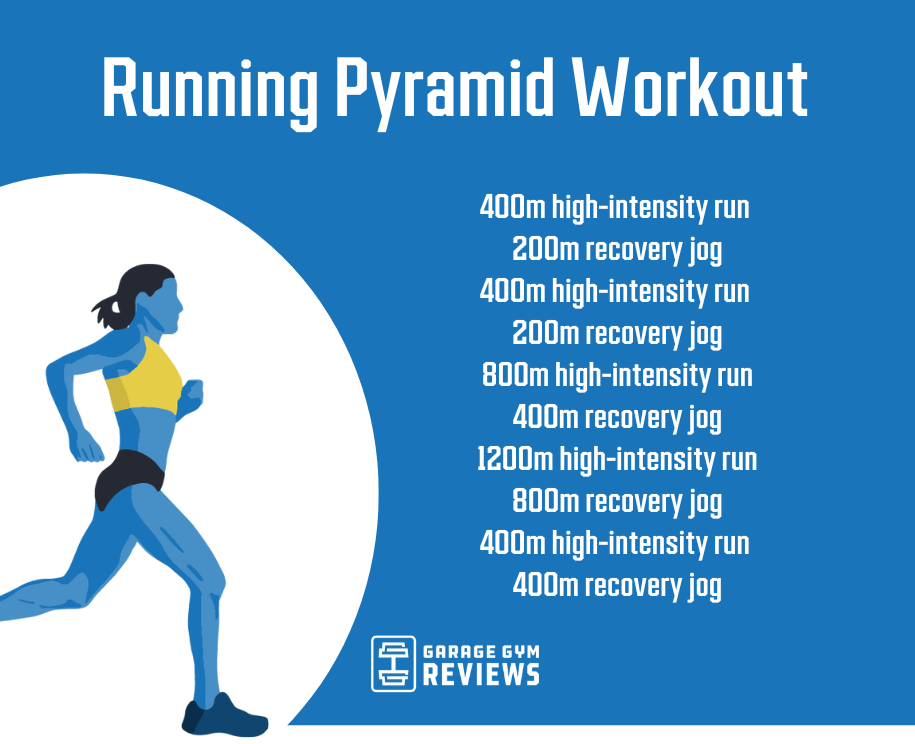Getting Over Discomfort in Running: Strategies and Methods That Job
Discomfort is a common buddy for several runners, commonly acting as an obstacle to attaining their desired goals. Nonetheless, with the best methods and strategies, it is possible to conquer and also stop the pain associated with running. By discovering numerous approaches such as understanding the different types of running pain, enhancing shoes and type, incorporating cross-training and toughness workouts, applying reliable recuperation approaches, and keeping correct nourishment and hydration, joggers can possibly relieve their discomfort and boost their general running experience.
Recognizing Various Kinds of Running Pain

Another kind of running discomfort is joint pain, which can materialize as a sharp or throbbing pain in areas such as the knees, hips, or ankles (running strategy). Joint discomfort may be triggered by variables like improper running type, overuse, or underlying problems like joint inflammation (check this link). It is essential to differentiate between muscle mass pain and joint discomfort, as the latter may need medical interest to protect against further injury
Recognizing the various sorts of running pain is crucial for reliable monitoring and prevention strategies to ensure a secure and satisfying running experience.
Appropriate Footwear and Running Kind
To enhance performance and lower the danger of running-related injuries, selecting appropriate shoes and maintaining correct running type are important parts for joggers of all levels. Appropriate footwear plays a critical function in providing assistance, padding, stability, and defense for the feet and lower arm or legs. It is suggested to pick running shoes that are especially developed for the person's foot type, running stride, and the type of running task they take part in. Obtaining suitabled for shoes at a specialized running store can assist ensure the ideal fit and assistance.

Cross-Training and Toughness Workouts
Participating in cross-training and integrating strength workouts into a running regimen can significantly enhance total performance and lower the possibility of injuries. Cross-training, such as biking or swimming, assists improve cardiovascular fitness while offering running muscles a break from recurring impact. It additionally helps enhance different muscle mass teams, resulting in much better overall body conditioning. Stamina workouts, like squats, lunges, and core workouts, play a critical role in maintaining muscles and enhancing running performance. They can fix muscular tissue imbalances, improve dexterity, and enhance power output, every one of which are crucial for running performance.
Integrating cross-training and stamina workouts right into a running routine should be done strategically. It is necessary to enable for appropriate remainder in between running sessions and cross-training tasks to stop overuse injuries. In addition, concentrating on correct kind and strategy throughout toughness workouts is crucial to optimizing their advantages and lowering the threat of injury. By including these aspects into a running routine, runners can build a more powerful structure, boost efficiency, and delight in a much more sustainable running experience.
Healing and Rest Methods
Having developed the value of cross-training and stamina exercises in a thorough running routine, attention can currently be guided towards Recuperation and Rest Techniques as indispensable elements for optimizing efficiency and decreasing the risk of injuries. (running strategy)
Recovery after running is critical for muscle mass repair and development. Techniques such as foam rolling, extending, and massage aid in decreasing muscular tissue discomfort and boosting versatility. Adequate rest in between runs allows the body to recoup and adapt to the physical anxiety, preventing overuse injuries.
Including active healing days right into a training schedule, where low-intensity tasks like strolling or cycling are done, can boost blood circulation and advertise recovery without putting excess stress on the muscular tissues. Additionally, appropriate hydration and nourishment play a vital role in the healing procedure by replenishing lost fluids and nutrients.
Quality rest is an additional important element of recuperation that need to not be neglected. During rest, the body undertakes repair and regeneration processes, adding to general physical and psychological health. By prioritizing recovery and remainder techniques, runners can preserve ideal efficiency degrees and lower the chance of experiencing discomfort or injuries.
Nourishment and Hydration for Runners
Carbs offer power for running, while proteins help in muscle mass repair and recuperation. Sufficient hydration is additionally necessary to maintain ideal efficiency, as even moderate dehydration can adversely impact running performance. In addition, timing meals and snacks appropriately prior to runs can aid protect against gastrointestinal pain and offer the necessary power for peak efficiency.
Conclusion
Finally, by comprehending the numerous sorts of running pain, using correct shoes, maintaining appropriate running type, including cross-training and toughness exercises, prioritizing healing and rest, and concentrating on nourishment and hydration, joggers can properly overcome pain and improve their performance. Applying these techniques and methods can assist runners stop injuries, improve their endurance, and inevitably appreciate an extra meeting running experience.